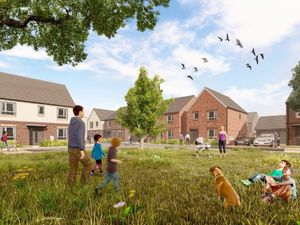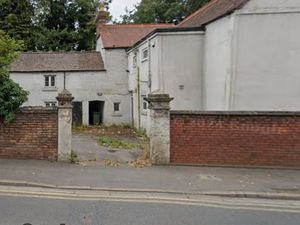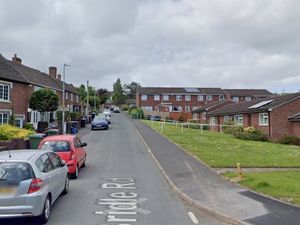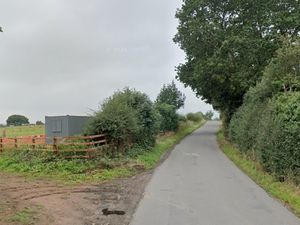Inspiring historic hall up for sale at £1.75m
A Shropshire hall believed to be the inspiration behind P G Wodehouse's famous novel Blanding's Castle has gone up for sale with a price tag of £1.75 million. A Shropshire hall believed to be the inspiration behind P G Wodehouse's famous novel Blanding's Castle has gone up for sale with a price tag of £1.75 million. Apley Hall was commissioned by Thomas Whitmore in 1811 to emulate a romantic castle overlooking the River Severn. Jeeves and Wooster creator Wodehouse is said to have got the idea for the novel when he stayed at the hall which is on the Apley Estate, between Bridgnorth and Telford See more pictures of Apley Hall in Homes of the Week Dr Daryl Lloyd and Dr Ian Greatbatch, two researchers in the Department of Geography and Centre for Advanced Spatial Analysis at University College London, analysed the hall and said it was suited to being the inspiration for Blandings.
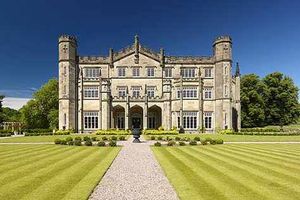
A Shropshire hall believed to be the inspiration behind P G Wodehouse's famous novel Blanding's Castle has gone up for sale with a price tag of £1.75 million.
Apley Hall was commissioned by Thomas Whitmore in 1811 to emulate a romantic castle overlooking the River Severn.
Jeeves and Wooster creator Wodehouse is said to have got the idea for the novel when he stayed at the hall which is on the Apley Estate, between Bridgnorth and Telford
Dr Daryl Lloyd and Dr Ian Greatbatch, two researchers in the Department of Geography and Centre for Advanced Spatial Analysis at University College London, analysed the hall and said it was suited to being the inspiration for Blandings.
The hall has a darker claim to fame, however, as it was once rumoured to be the place Hitler had his eye on as the perfect place to retire after conquering England.
Queen Victoria also thought it was "quite nice" and the hall was once touted as a possibility for a royal retreat.
Apley Hall, which is Grade II listed, is being marketed by Telford estate agents Savills. Between 1962 and 1987 the house became a private school.
It then lay empty and suffered a great deal of deterioration and vandalism in the following 10 years and was listed on the English Heritage Buildings at Risk Register.
In 1997 the house was bought by Neil Avery an entrepreneur and conservation specialist as a family home.


